10 tips for travel photography
There’s more to shooting travel photography than just taking your camera on holiday. These tips will help you take great photos of memorable journeys.
An epic holiday or travel adventure is often a spur to get a new camera and start taking photography a bit more seriously. These tips will help you get better travel photos.
Thinking of hitting the road? Explore our pick of the best travel laptops and the best travel accessories for designers
01. Take the right camera

Professional photographers use big, complex cameras and they produce fantastic pictures, but if you’re a novice a pro-level camera is likely to be very intimidating. If you’re planning to buy a new camera to take on your journey, be realistic about your experience and get something appropriate.
First stop is to check out our dedicated buying guides. Newbies might want to check out the best camera for beginners (you might even get away with one of the best camera phones), or if you have some experience, explore our guide to the best camera for creatives overall.
Ideally select a camera that has a large sensor, as physically bigger sensors tend to produce better quality images.
There are some excellent compact cameras with good sized sensors and extensive zoom ranges. However, also consider a compact system camera (CSC) such as the Olympus OM-D E-M10 Mark II, or an SLR like the Nikon D3400 if you are happy to use a camera with interchangeable lenses. These are comparatively small examples of their camera type, but they give you lots of control and will produce better results than a small compact. Like many compacts, CSCs and SLRs, they also have automatic modes that you can use when you’re starting out, along with more advanced options that you can use when you gain in confidence.
02. Travel light
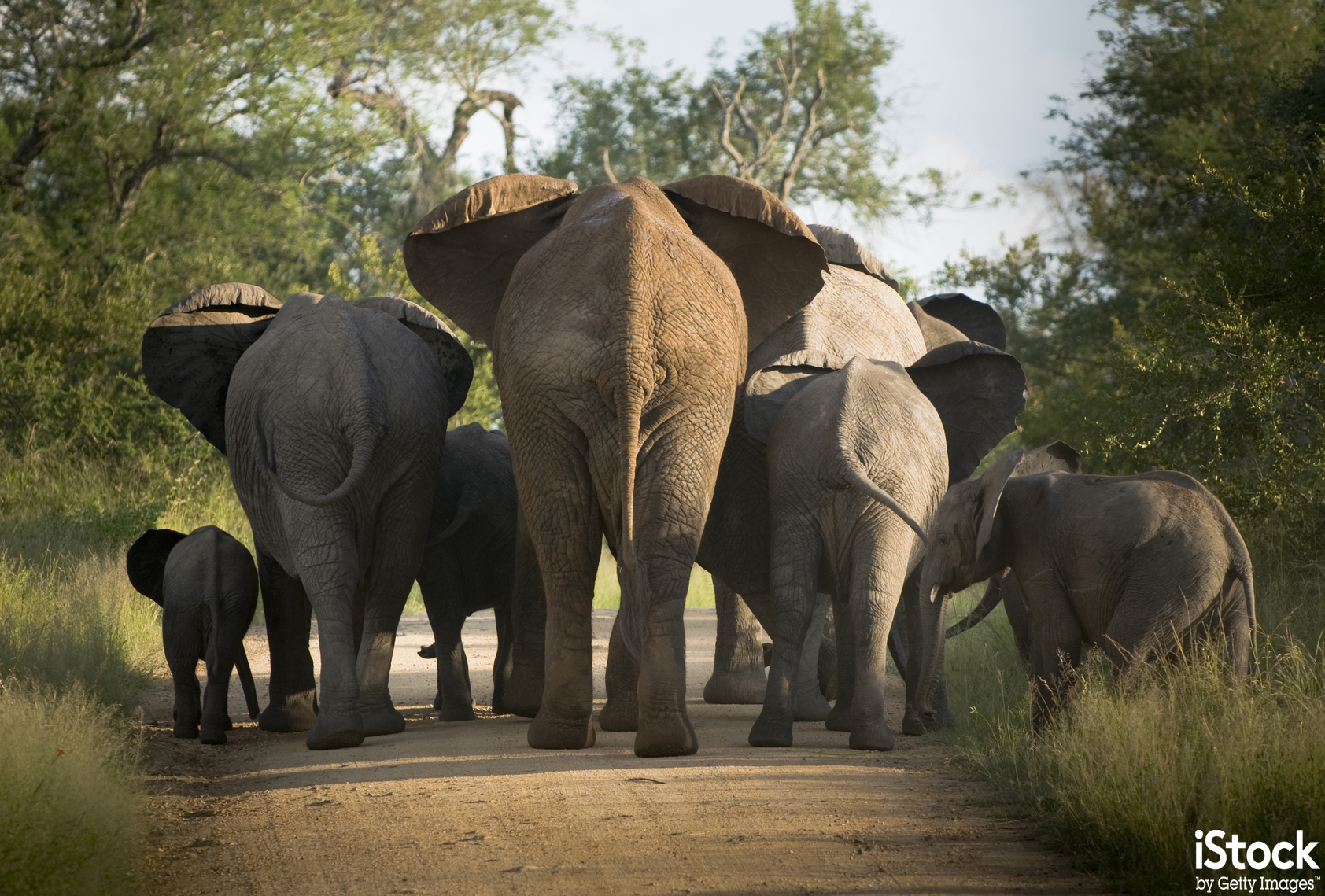
If you’ve got lots of camera kit, think carefully about what you’re going to be shooting and the kit that you need to take. If you’re going on a walking holiday, then do you really need a long telephoto lens? Granted, there might be the odd occasion when you could frame up a nice distant detail, but do you want to carry it for the rest of the time? If you’re going on a safari then it’s a different matter; take the long lenses to get the wildlife shots.
Daily design news, reviews, how-tos and more, as picked by the editors.
Once you’ve decided which camera and lenses you’re going to take, make sure that you’ve got the batteries, battery chargers and memory cards. Lots of memory cards.
Make sure that the bag you’re going to use can take everything you need and that it’s comfortable to carry. A small secondary bag is useful for excursions and city trips if you’ve got the space to take one.
If you can, take a tripod; you’ll be glad you did at night and if you want to shoot long exposures. There are lots of travel tripods that are small and lightweight yet reasonably sturdy.
03. Shoot raw
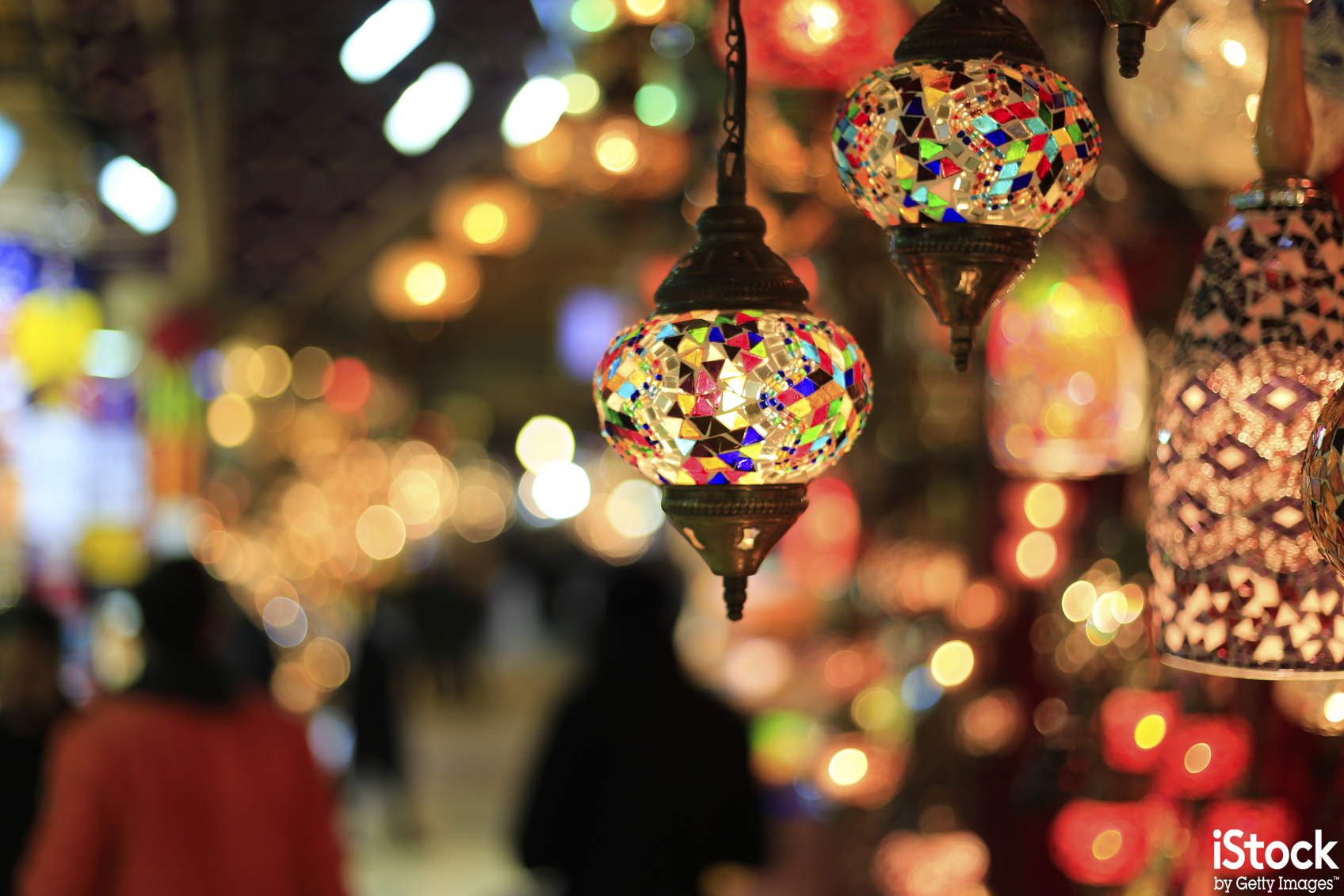
Nine times out of ten you can get away with shooting JPEGs, but Raw files contain much more data and they allow you to perform more adjustment if you make a mistake with the white balance or exposure. You also get control over the level of noise removal so you can process low-light images to hide the coloured speckling without losing lots of detail.
04. Know your exposure modes

Most cameras have scene modes that tailor the camera settings to suit the shooting situations. With a portrait for example, portrait mode will tell the camera to set quite a wide aperture to blur the background, while in landscape mode it sets a small aperture to capture lots of sharp detail. It’s better to swap between these modes than shoot in fully automatic.
If you’re more confident, try using aperture priority, shutter priority and manual exposure modes. In aperture priority mode you set the aperture so you can control how much of the scene around the focus point is sharp, while the camera controls shutter speed for you. Meanwhile in shutter priority mode, you set the shutter speed to determine whether any subject movement is blurred or frozen, while the camera takes control of aperture. In manual exposure mode, you set both aperture and shutter speed.
Generally speaking, aperture priority is a good choice for travel photography. Shoot at a wide aperture (small f/number like f/2.8) to isolate subjects from their surroundings with background blur.
05. Be quick

Candid photographs of people are a great way of capturing the vibe of a new place. When you’re photographing someone, you want to capture them unawares. So don’t hang about, have the camera at the ready and take the shot quickly. If they spot you and smile, great: give them a wave and ask if you can take another. Again, be quick; they’ll become self-conscious if you take ages. If they frown, give them an apologetic wave and move on.
06. Shoot themes and details

There are often things that stick in your mind about a particular place. In a spice market, for example, it might be the vibrant colours, in an old Tuscan city it could be the peeling paint and texture of the walls. Whatever it is, make a point of shooting a series of images about it. It’s often the details that you recall rather than the bigger picture.
07. Shoot at night
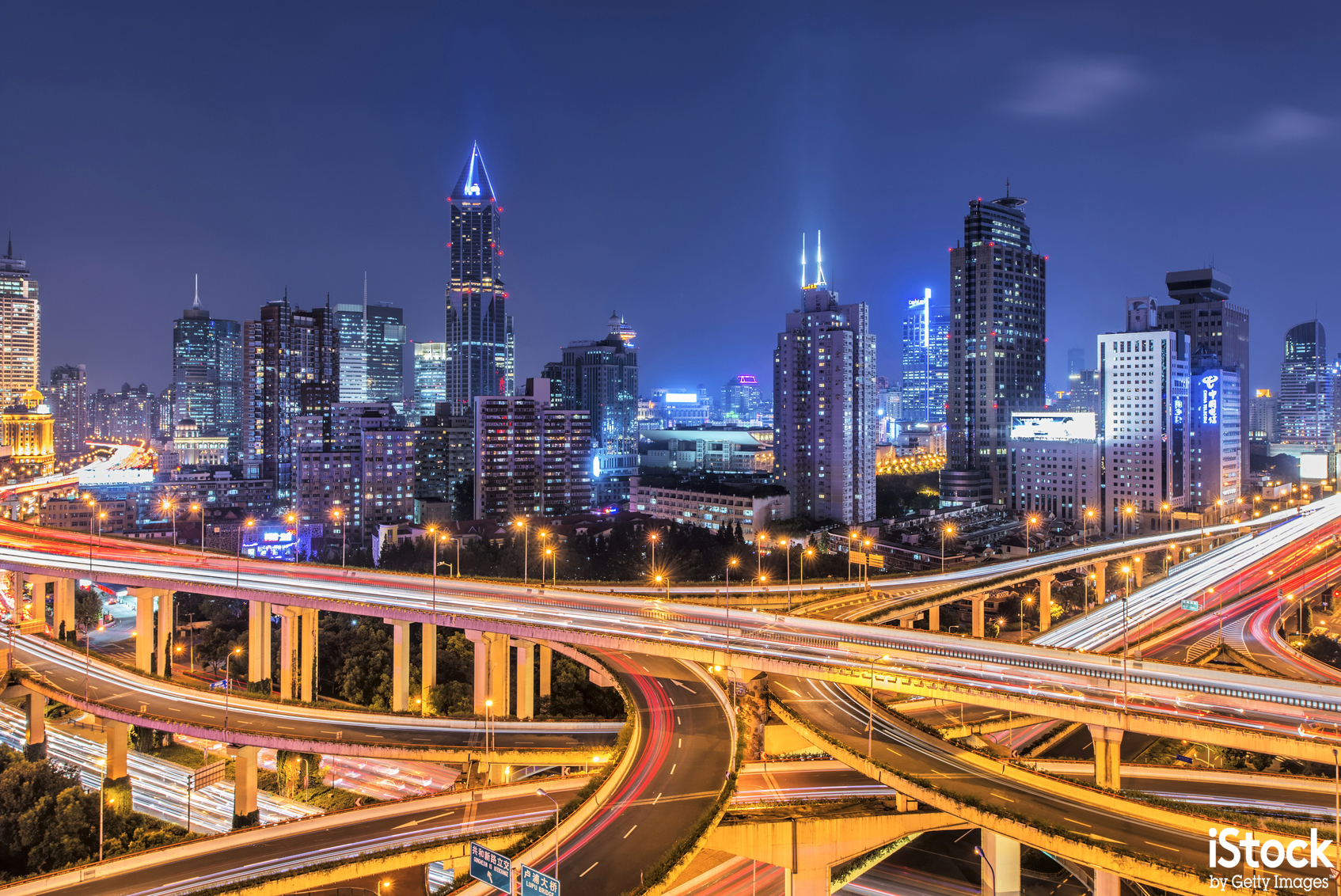
Lots of cities and towns look better at night. Any litter is lost in the dark and the most attractive buildings are illuminated. Shoot while there’s still some colour in the sky, before it goes inky black; it will give you more attractive images with less dense shadows.
Shoot with your camera on a tripod and keep the sensitivity (ISO) setting low. This will ensure the best image quality with the most vibrant colours.
08. Take proper selfies
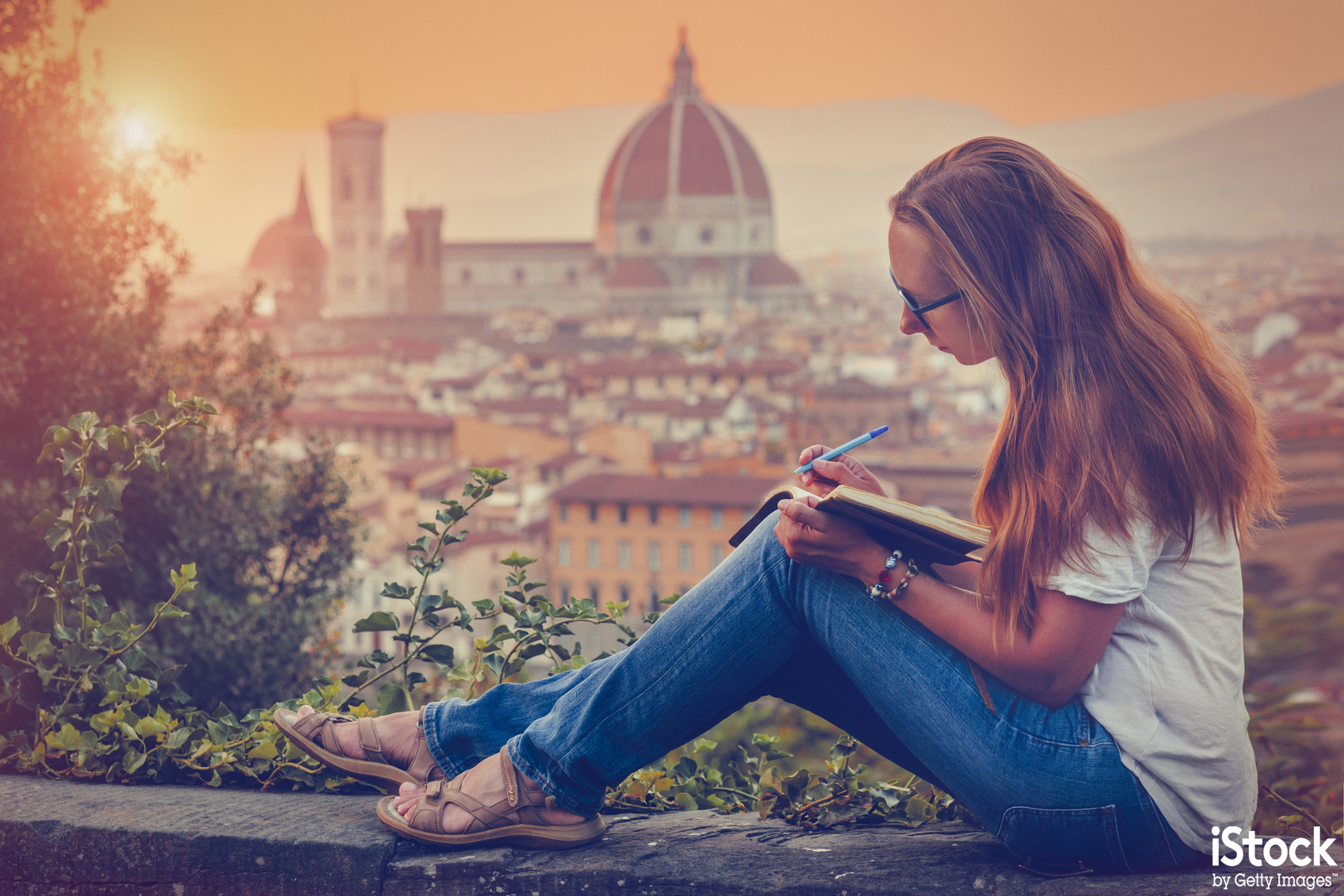
Don’t forget to take a few photos of yourself enjoying the trip. But don’t do it with the camera at arm’s length: put it on a tripod and use the self-timer or if it has the option, Wi-Fi control on your phone. Including people in landscape and scenery shots can help add scale and depth. Also, if the people are looking towards the view rather than at the camera, their gaze helps draw viewers’ eyes in the right direction.
09. Get up early
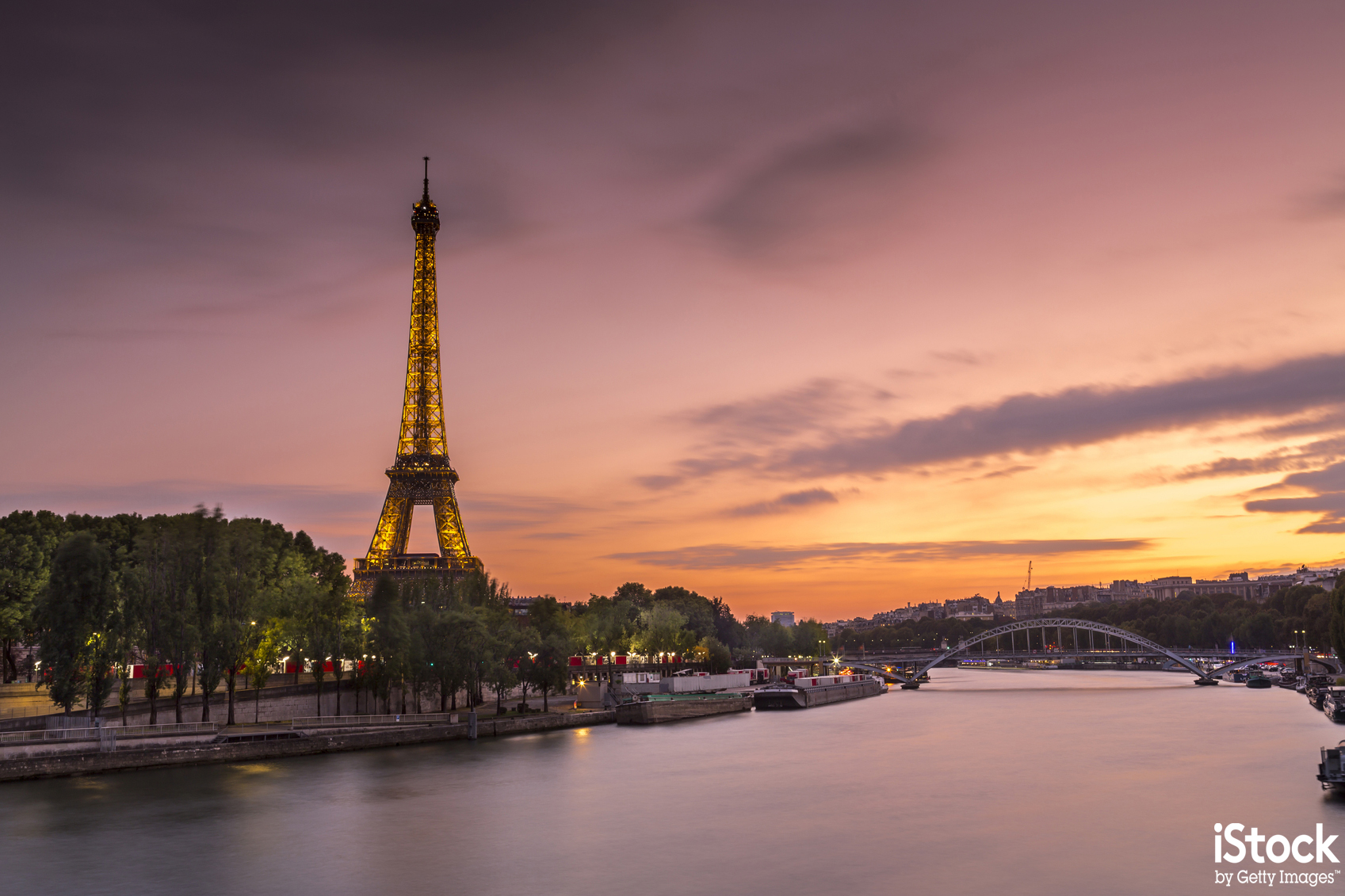
In busy tourist areas it’s worth getting up early to beat the crowds and traffic. Getting up before sunrise on a day that promises you sunshine will reward you with the best light: warm and soft. Don’t forget your tripod; it will be gloomier than you think at sunrise and a low sensitivity setting will give the best results.
Once you’ve captured the general scene, start photographing local people setting up market stalls and arriving at work.
10. Try long exposures

It can be hard to replicate the shots that you see in travel magazines if you can’t get to tourist hotspots before the masses. However, there are still creative opportunities in busy locations. Fitting a dense natural density filter over the lens of your camera will allow you to take a very long exposure in daylight. The aim is to shoot with an exposure that’s long enough to blur the movement of the people in the scene, so you’ll need to put the camera on a tripod and shoot in aperture priority or manual exposure mode with a low sensitivity setting.
If the people move quite quickly you may be able to get a shot without any figures being visible. Alternatively, you can get shots with blurred ghosts that give a sense of the business of the place and reflect your experience more closely.

Angela Nicholson has been head of testing for various photography magazines and now works as a freelance reviewer, writer and photographer. You can find her @AngeNicholson on X.
